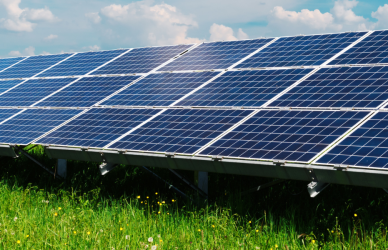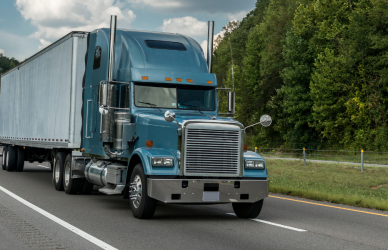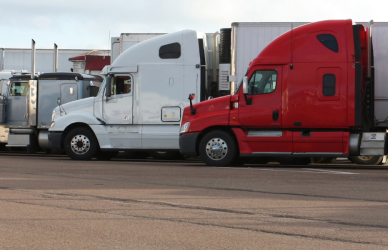On Jan. 11, America’s top transportation officials shed light on initiatives that aim to reduce climate impact and enhance safety throughout the nation’s mobility corridors, with measures connected to electric vehicles leading this charge.
“The industry is going electric,” Secretary Pete Buttigieg said at the annual meeting of the Transportation Research Board. “It’s true here and it’s true around the world.”
“There’s enormous opportunity,” added Buttigieg, pointing to large automobile manufacturers and smaller firms participating in the EV marketplace.
Jennifer Granholm, Energy Secretary, agreed with Buttigieg’s settlement at the conference. “Policy really does make a difference,” she told the TRB audience, as she emphasized the Biden administration’s policy landscape on EVs. “It makes a difference for the climate. It makes a difference for communities on the ground. We’re very excited about that.” discussing the Biden administration’s policy landscape around EVs.
Both secretaries noted that the recent approval of $1.2 trillion to invest in electric vehicle charging infrastructure promises to continue to facilitate access to the technology.
Their remarks are timely as the Biden administration recently announced its plans to further climate change mitigation through an ambitious blueprint to reduce greenhouse gas emissions in the transportation sector. The plan includes expanding electric vehicles and implementing initiatives related to sustainable fuels that will both address environmental concerns while creating new job opportunities throughout this emerging industry.
“A well-planned transition to a decarbonized transportation system can address these and other inequities and provide equitable, affordable and accessible options for moving people and goods,” according to the U.S. National Blueprint for Transportation Decarbonization unveiled Jan. 10. Agencies involved in the blueprint include DOT, the departments of Energy, and Housing and Urban Development, and the Environmental Protection Agency.
“Further developing and deploying clean-energy technologies such as electric vehicles and hydrogen and sustainable fuels, while also building out the supporting infrastructure for clean transportation, will create good-paying jobs across all segments of the transportation sector and strengthening America’s energy independence,” per the blueprint.
“Under the leadership of President [Joe] Biden, EPA is working with our federal partners to aggressively reduce pollution that is harming people and our planet — while saving families money at the same time,” EPA Administrator Michael Regan said in a statement accompanying the release of the blueprint. “At EPA, our priority is to protect public health, especially in overburdened communities, while advancing the president’s ambitious climate agenda. This blueprint is a step forward in delivering on those goals and accelerating the transition to a clean transportation future.”
On a related note, the 2021 Infrastructure Investment and Jobs Act paved the way for the Joint Office of Energy and Transportation. The office’s aim is to help set up an electric vehicle charging network nationwide. The infrastructure law dedicated about $8 billion for programs related to electric vehicles.
According to the information provided by the Biden administration, “The office will be a critical component in the implementation of the [bipartisan infrastructure law], providing support and expertise to a multitude of programs that seek to deploy a network of electric vehicle chargers, zero-emission fueling infrastructure, and zero-emission transit and school buses. The scope of the joint office will continue to evolve as directed by both departments.”
Electric vehicles are also a a top priority for the DOT’s research and development initiatives through 2026. The agency plans to push forward into an innovative future with their strategic road map to revolutionize transportation technology including advancements in EVs.
To promote sustainability, DOT forecasts, “the vast majority of passenger vehicles and buses are hybrid or fully electric and the efficiency of internal combustion engines is greatly improved.”
“Advances in battery and charging technology make long-range, fast-charging, safe and affordable electric vehicles the default options for consumers, motor carriers and transit agencies,” according to the strategic plan.
The U.S. Postal Service, the largest vehicle fleet within the federal apparatus, has also hopped aboard the EV train, recently announcing a $9.6 billion investment in 66,000 electric delivery trucks.
With the potentially profound impact of EVs and the infrastructure to support them in 2023, it’s critical to not only acknowledge but recognize its capabilities. Through advancements in technology and investment from governments and private companies, it is estimated that we will see an exponential growth in the EV market as well as related electric vehicle infrastructure advances. The rise of charging stations across the U.S. will progress this year, however, it would seem that even with this progress, it’s unlikely that we’ll reach the infrastructure needed to push mass adoption this year.
Source: ttnews











